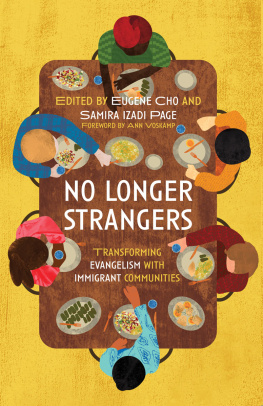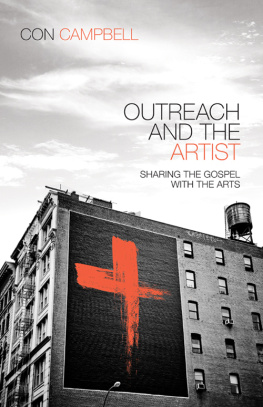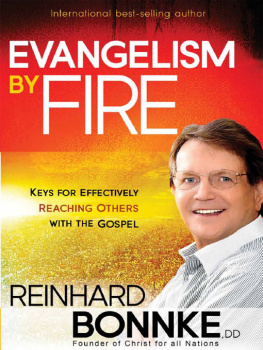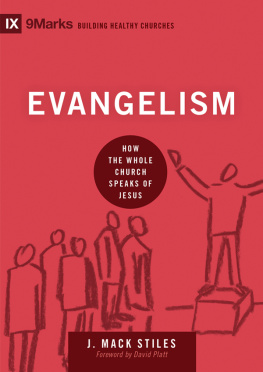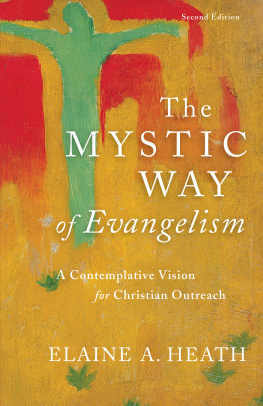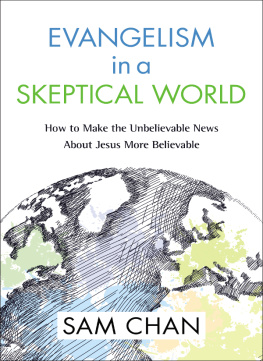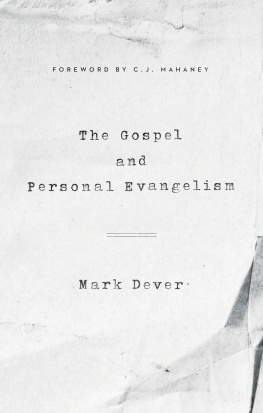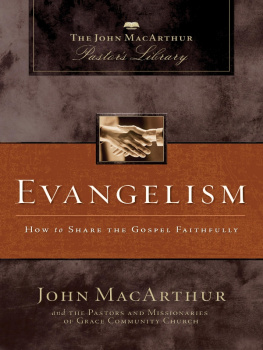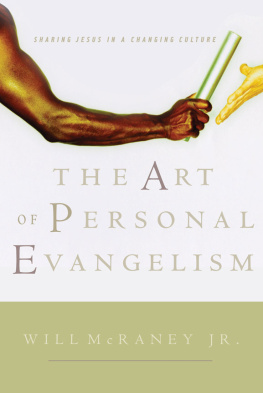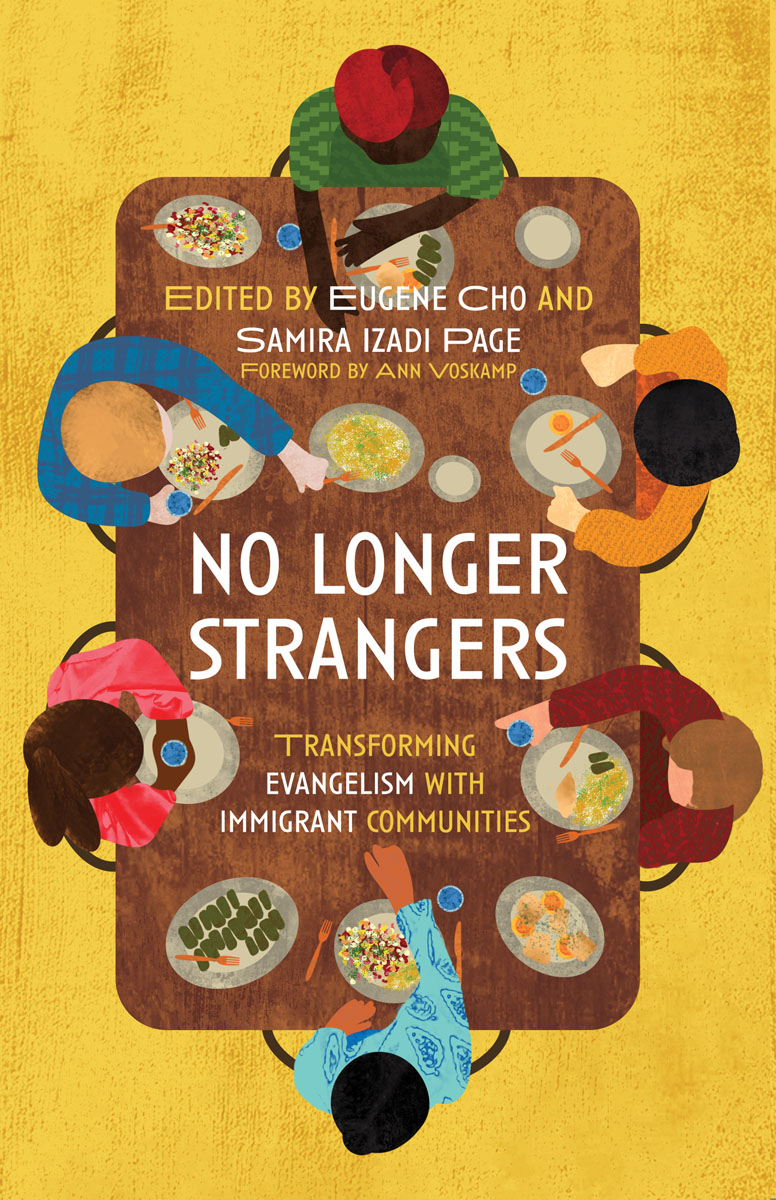
The issue of refugees and immigrants exposes the division in America today. It also brings to light how many Christians see the issues more as a political football than as being about people for whom Jesus died. In No Longer Strangers, a remarkable group of contributors with deep and diverse experience in ministry to the marginalized show how to be incarnational in our evangelism. God is bringing the nations to us; may we be faithful to Jesus as we seek justice, show mercy, and tell the good news.
ED STETZER
dean of the School of Mission, Ministry, and Leadership at Wheaton College
No Longer Strangers makes a significant and insightful contribution to the ongoing discussion about Christianity and immigration. The authors understand that each person who wishes to immigrate is created in the image and likeness of God and should be treated as such, including in how the gospel is brought to them. This book provides a vision of what that looks like for the church. It is not the first word or the last word on the topic, but it is an important word for all church leaders and Christians doing evangelism with immigrant communities. The authors raise good questions. As you wrestle with both the problems and the proposed solutions, you will be inspired to think about ministry in your context. Youll be grateful you read this bookyoull be more self-aware as a Christian and better able to equip your church for Christlike engagement with your immigrant neighbors.
J. D. GREEAR
pastor of The Summit Church and 62nd president of the Southern Baptist Convention
We have forgotten as an American church what it means to engage in a healthy, holistic, and effective evangelism. We have been operating a sports car with eight cylinders on only two cylinders. Eugene Cho and Samira Izadi Page have edited an important volume that engages the significance of evangelism while recognizing the power of the gospel at work in the marginalized communities. This book calls us to rediscover an expression of biblical Christian faith that does not ignore those who will form the spiritual backbone of the next evangelicalism.
SOONG-CHAN RAH
author of The Next Evangelicalism: Freeing the Church from Western Cultural Captivity
God is up to something dramatic. The mass migration that now brings us into contact with people from every tribe, tongue, and nation is both a profound privilege and a daunting responsibility. This book is a deeply important and much-needed guide to how we can live out the gospel in its fullness to the treasured strangers among us. It will inspire and challenge in equal measureand will stir your spiritual imagination to new expressions of a worthy witness.
SCOTT ARBEITER
president of World Relief
Wm. B. Eerdmans Publishing Co.
4035 Park East Court SE, Grand Rapids, Michigan 49546
www.eerdmans.com
2021 Eugene Cho and Samira Izadi Page
All rights reserved
Published 2021
Printed in the United States of America
27 26 25 24 23 22 211 2 3 4 5 6 7
ISBN 978-0-8028-7865-6
Library of Congress Cataloging-in-Publication Data
Names: Cho, Eugene, editor. | Page, Samira Izadi, editor.
Title: No longer strangers : transforming evangelism with immigrant communities / edited by Eugene Cho and Samira Izadi Page.
Description: Grand Rapids, Michigan : William B. Eerdmans Publishing Company, 2021. | Includes bibliographical references and index. | Summary: A multi-perspective guide to doing the work of evangelism with immigrants and refugees in a way that is sensitive to the dynamics of differences in culture, race, and languageProvided by publisher.
Identifiers: LCCN 2020045491 | ISBN 9780802878656 (paperback)
Subjects: LCSH: Church work with immigrants. | Church work with refugees. | Evangelistic work.
Classification: LCC BV639.I4 N6 2021 | DDC 269/.2086912dc23
LC record available at https://lccn.loc.gov/2020045491
For everyone the gospel brings togethermay we no longer be strangers
CONTENTS
FOREWORD
Just on the edge of Jesuss hometown of Capernaum stands a statue, and no one would be surprised if you miss itI nearly walked right by it.
Because the statue isnt of a lofty, neoclassical crowned figure, isnt of a robed goddess with arm stretched out as a beacon of light, isnt a patinated icon of particular optimism.
The statue is of a homeless figure sleeping on a park bench. Face and hands shrouded under a blanket pulled around him tight, the figure seems namelessuntil you see his bare and uncovered feet that the blanket cant reach.
The exposed feet of the homeless guy bear nail wounds.
The nameless man is the roofless Jesus.
I wanted to touch his feet.
I wanted to reach out and cover his feet, somehow offer the Godman some kind of shelter. To somehow warm the sojourner who pulled a thin cover up over himself with the cold reality that Foxes have holes, and birds of the air have nests, but the Son of Man has nowhere to lay his head.
The life of Jesus is the life of a wanderer.
I stood there, struck that the statue to honor the God of the universe right outside his hometown depicts a man who had no home. The guy who came to grant us libertyand welcome us homewas in reality wandering without a home.
If Jesus qualified as homeless, is there something shamefully disqualifying about needing a home and the help of community?
Do those who believe in his all-sufficient grace support welcoming only those who are self-sufficientand not those in desperate need?
We are all the same in that every single one of us is differentand that doesnt affect our value any differently. Where youre from should never determine how anyones going to treat you.
Regardless of citizenship, everyone, by God, has earned the dignity of personhood.

I once stood at the Mexican border wall and reached my hand through to pray with a woman on the other side. She still had scissors in her hand.
Shed been bent down, rummaging through garbage heaps, just on the other side of the wall, plucking out plastic bottles, to cut the tops off for manipulatives in her kids classrooms. But shed come near, and here we were praying, me holding her hand through a slot in the border wall while she was standing there holding a pair of scissors.
It looked like we were about to cut through all the noise to hear the heart of Godmuch like the book in your hand is about to cut through the confusion of these times so that you can hear the beat of Gods heart.
Through the slats in the wall, just past her, just behind her, was a steeple topped with a cross. When I looked over at herI could see the cruciform symbol of the church everywhereI could see light in the womans kind eyes. The only way to see Jesus is to look at the person across from you and see that person through the cross.
The person on the other side of things is always an image of Jesus. Christ is the one in every crisis. And Christ is in the crisis at all the bordersand often the crisis is at the borders, too, of our comfortableness, at the edges of our faithfulness. The voices that speak in this book will help navigate those borders within and the borders around us and guide us toward deeper faithfulness.
There at the wall, back behind me was a cross atop a mountain. It faced her, and that, coupled with the cross atop the church on the other side of the wall, which faced me, made me wonder whether, when we make someone else into the other, we have made for ourselves a god other than the One who died on the cross.
Next page
